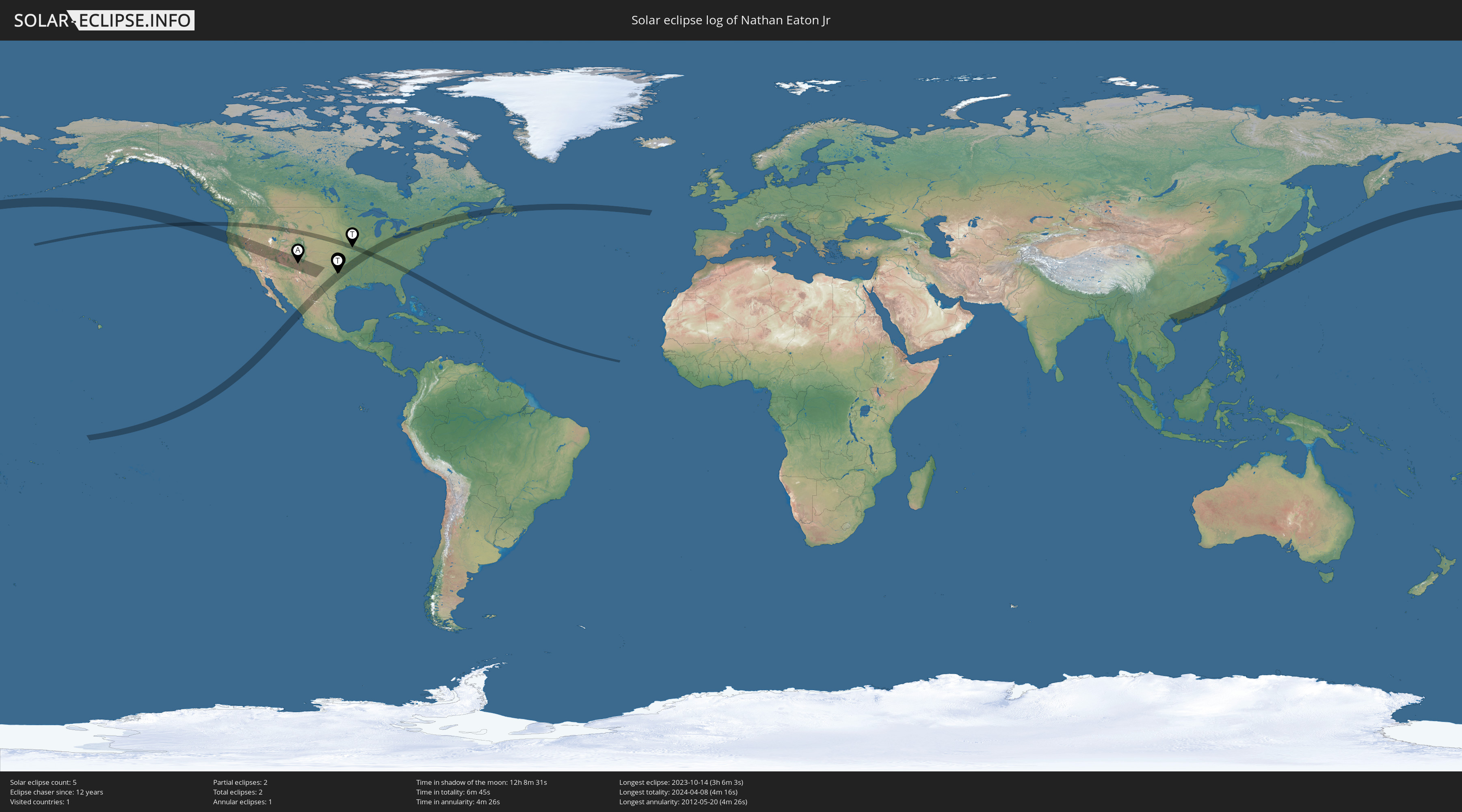As mentioned in my last post, I used my Nikon D750 DSLR mounted on a Sky-Watcher Star Adventurer tracker to capture about 5 hours of the partial lunar eclipse. Here is a preliminary time lapse video.
This sequence is just from the shots exposed for the sunlight face of the moon. I'm working on another sequence with full lunar surface, blending shots exposed for sunlight and shadow. The blended shots will showcase the redness of the lunar surface at mid-eclipse. They will also include the Pleiades and a tighter crop.
The movement of the moon in this sequence is not due to its movement across the sky but the moon drifting out of center-frame due to the polar alignment of tracker being a little bit off. I'm still working on a process to re-align the sequence and to rotate the view for a more natural orientation of the sky.
When watching the video, be patient as there are a few seconds in the middle where it goes black. The shots used in this video were taken at f/6.3, 2500th of a second, ISO 800. It turns out that was slightly underexposed for a sunlit lunar surface during the phase where the Moon was mostly eclipsed, I missed capturing the portion of its surface still reflecting sunlight so nothing shows up.
More to come...






















 The journey continues beyond 2009... check it out!
The journey continues beyond 2009... check it out!
